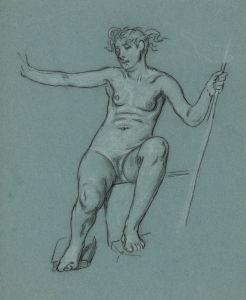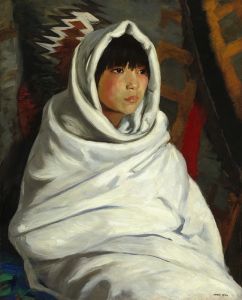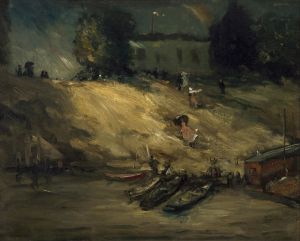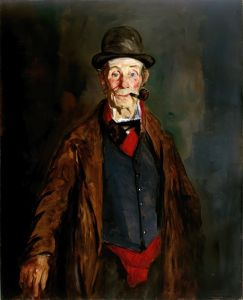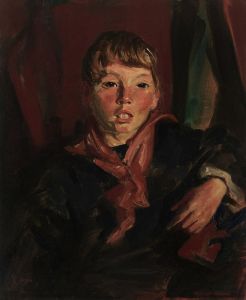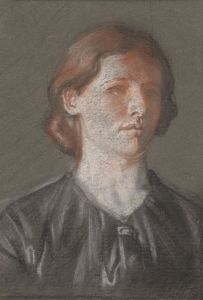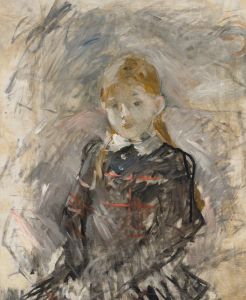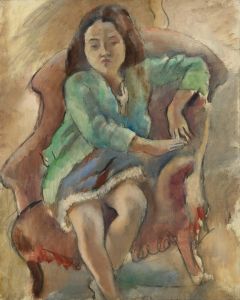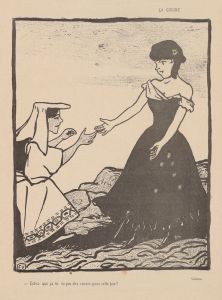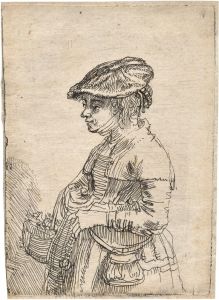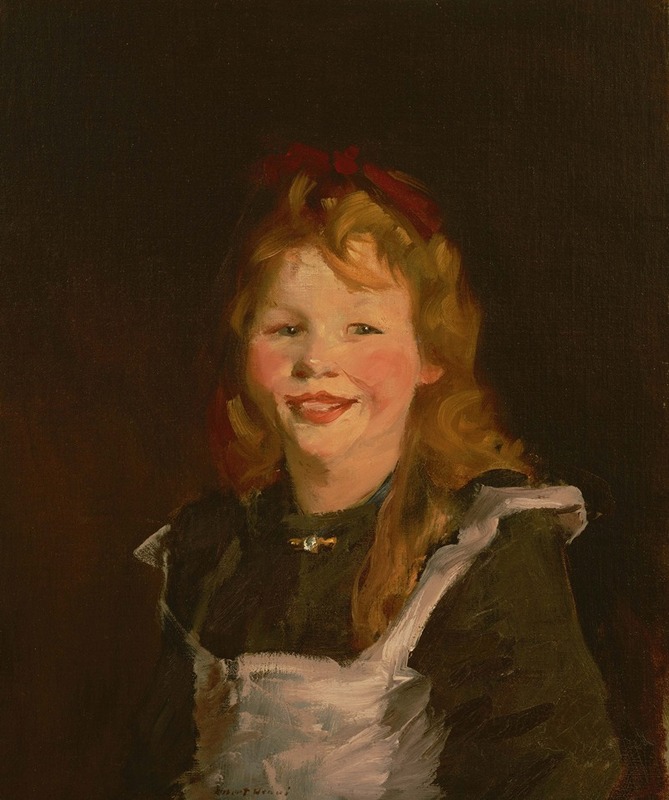
Dutch Girl
A hand-painted replica of Robert Henri’s masterpiece Dutch Girl, meticulously crafted by professional artists to capture the true essence of the original. Each piece is created with museum-quality canvas and rare mineral pigments, carefully painted by experienced artists with delicate brushstrokes and rich, layered colors to perfectly recreate the texture of the original artwork. Unlike machine-printed reproductions, this hand-painted version brings the painting to life, infused with the artist’s emotions and skill in every stroke. Whether for personal collection or home decoration, it instantly elevates the artistic atmosphere of any space.
"Dutch Girl" is a painting created by the American artist Robert Henri in 1907. Henri was a prominent figure in the Ashcan School, a movement known for its realistic and unidealized depictions of everyday life in early 20th-century America. The Ashcan School artists often focused on urban scenes and the lives of ordinary people, and Henri's work was no exception.
Robert Henri was born Robert Henry Cozad in Cincinnati, Ohio, in 1865. He studied at the Pennsylvania Academy of the Fine Arts and later in Paris at the Académie Julian and the École des Beaux-Arts. Henri was deeply influenced by the works of European masters and the realism movement, which is evident in his approach to portraiture and genre scenes.
"Dutch Girl" is a portrait of a young girl dressed in traditional Dutch attire, including a white lace cap and a dark dress with a white collar. The painting is notable for its vibrant use of color and the expressive brushwork that characterizes much of Henri's work. The girl's direct gaze and the detailed rendering of her costume reflect Henri's interest in capturing the individuality and spirit of his subjects.
Henri painted "Dutch Girl" during a period when he was traveling through Europe, and he was particularly fascinated by the people and cultures he encountered. This painting is part of a series of portraits he created of children from different backgrounds, showcasing his ability to convey the unique character and dignity of each sitter.
The composition of "Dutch Girl" is relatively simple, focusing on the upper body and face of the girl against a plain background. This approach draws attention to the subject's expression and attire, emphasizing the cultural context and the personal presence of the girl. Henri's use of light and shadow adds depth to the portrait, creating a sense of realism and immediacy.
"Dutch Girl" is held in the collection of the Wichita Art Museum in Wichita, Kansas. The museum acquired the painting as part of its mission to collect and preserve significant works of American art. Henri's work, including "Dutch Girl," is celebrated for its contribution to American realism and its empathetic portrayal of diverse subjects.
Throughout his career, Robert Henri was also a respected teacher and mentor. He taught at the New York School of Art and later at the Art Students League of New York, where he influenced a generation of artists. Henri's teachings emphasized the importance of personal expression and the artist's connection to their subject, principles that are evident in "Dutch Girl."
In summary, "Dutch Girl" by Robert Henri is a significant work that exemplifies the artist's skill in portraiture and his commitment to realism. The painting captures the essence of its young subject with sensitivity and respect, making it a notable example of Henri's contribution to American art.





